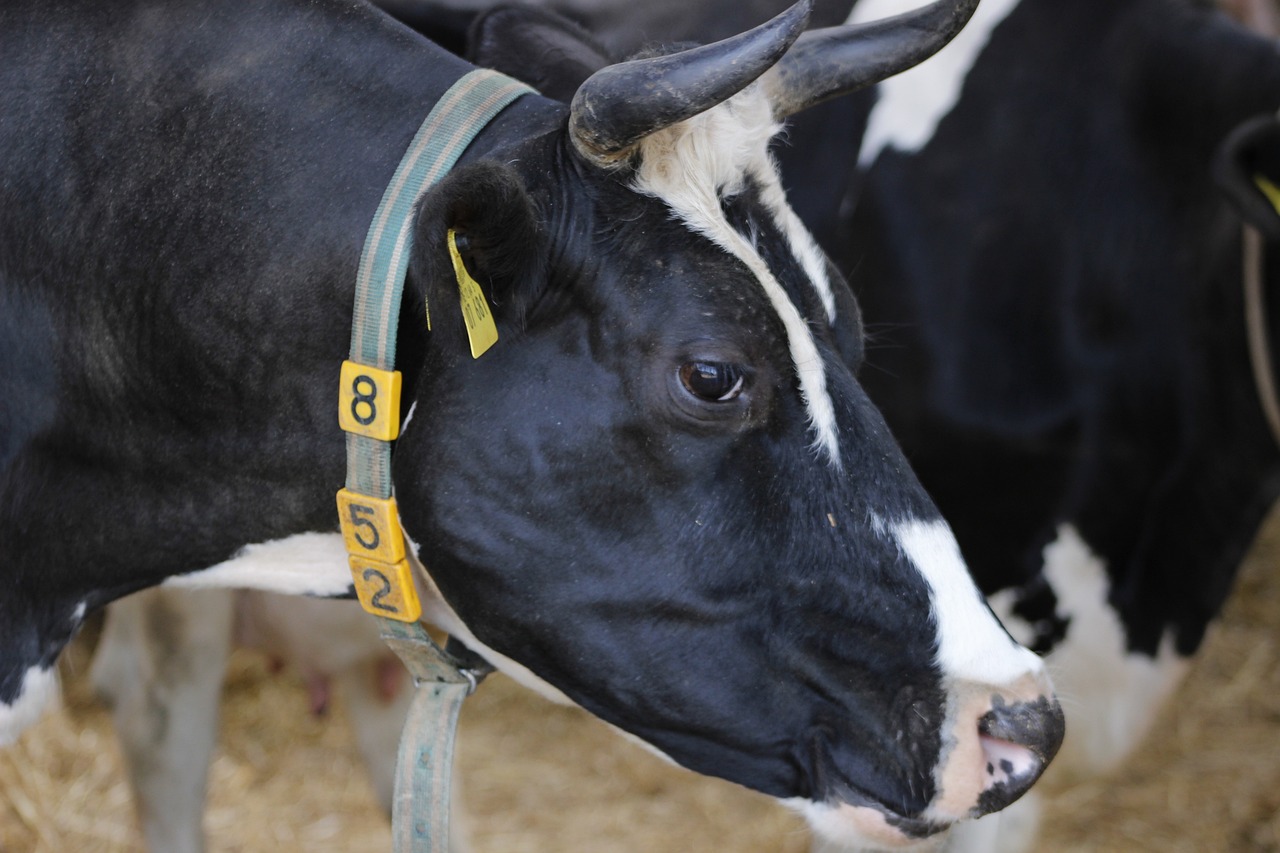Demeter, in Greek mythology, is recognized as the daughter of Cronus and Rhea, the sister and consort of Zeus, and a prominent goddess of agriculture. Her title emphasizes her maternal role. Although Homer seldom mentions her and she is not traditionally seen as one of the Olympian deities, the foundation of her mythological stories is ancient and deeply rooted. The most famous aspect of her mythos is the tale of her daughter, Persephone, who is abducted by Hades, the ruler of the underworld. in her quest to locate Persephone, Demeter discloses sacred rites to the inhabitants of Eleusis, who offer her refuge, leading to the establishment of the Eleusinian Mysteries. Demeter’s sorrow over her daughter’s fate is said to have caused her to neglect the harvest, resulting in famine.
In addition to her relation with Zeus, Demeter is also associated with Iasion, a Cretan figure, and together they had a son named Plutus, symbolizing wealth and the rich yield of crops. Demeter is often characterized as a goddess of grain, effectively denoted by the name Ioulo, derived from “grain sheaf.” This suggests that her worship initially stemmed from the reverence for the mother of grain. However, her influence stretches beyond grains, encompassing various forms of vegetation and all earthly fruits, with the exception of beans, which fall under the domain of Cyamites, a heroic figure. In this broader perspective, Demeter shares similarities with Gaea, the personification of Earth, and at times, she is equated with the Great Mother of the Gods, Cybele, who is similarly identified with Rhea.
Another significant dimension of Demeter’s persona is her role as a goddess connected with the underworld. This aspect was particularly celebrated at Sparta and during the Chthonia festival in Hermione, where a cow was ritually sacrificed by four older women. Demeter’s epithets, such as Erinys (“Avenger”) and Melaina (“the Black One”), recognized in Arcadia, underline the darker elements of her nature. Additionally, she held associations with health, childbirth, and marriage. A range of political and ethnic titles were allotted to her, the most notable being Amphiktyonis, signifying her as the guardian goddess of the Amphictyonic League, which gained prominence in association with the temple at Delphi.
Numerous agricultural festivals dedicated to Demeter were conducted, including:
- Haloa: Derived from “threshing floor,” this festival initiated in Athens and culminated in Eleusis, honoring Demeter with a focus on agriculture. It took place during the month of Poseideon (December).
- Chloia: Celebrated in early spring at Eleusis, this festival marked the sprouting of grains, venerating Demeter Chloë (“the Green”), the goddess representing growing plants. This differs from a later offering of a ram to the same goddess during Thargelion, likely intended as a form of appeasement.
- Proerosia: This event involved prayers for a bountiful harvest and was observed before plowing the land for sowing. Also known as Proarktouria, it was celebrated in September in Eleusis.
-
Thalysia: An autumn thanksgiving festival held in the island of Cos after the harvest.
-
Thesmophoria: A women-oriented festival aimed at enhancing the fertility of seeds.
-
Skirophoria: Celebrated in midsummer, this was another companion festival to Demeter.
Demeter’s iconography primarily reflects her agricultural and vegetative attributes, often depicted with ears of grain, a mystical basket brimming with flowers, grains, and various fruits. Her favored animal was the pig, and as an underworld deity, she was frequently accompanied by a snake. In artistic representations, Demeter carries resemblance to Hera but is portrayed with a more matronly appearance and a gentler demeanor; she is depicted as fuller and broader in form. Often, she can be seen in a chariot drawn by horses or dragons, or elegantly walking and sometimes seated on a throne, accompanied by her daughter, Persephone. The Romans equated Demeter with Ceres, further integrating her into their own mythology.



